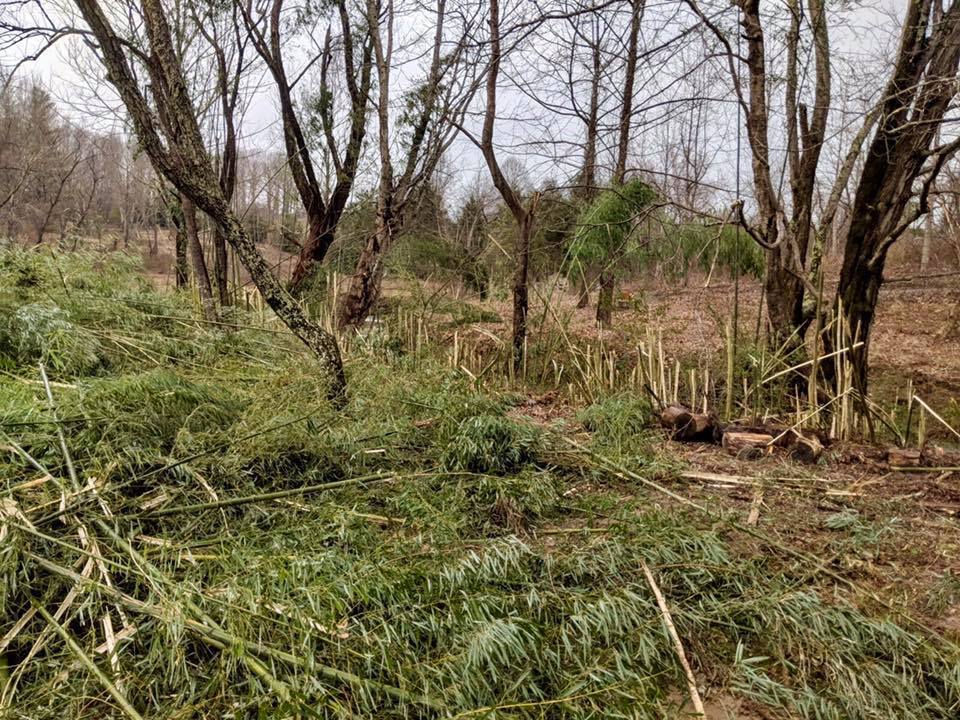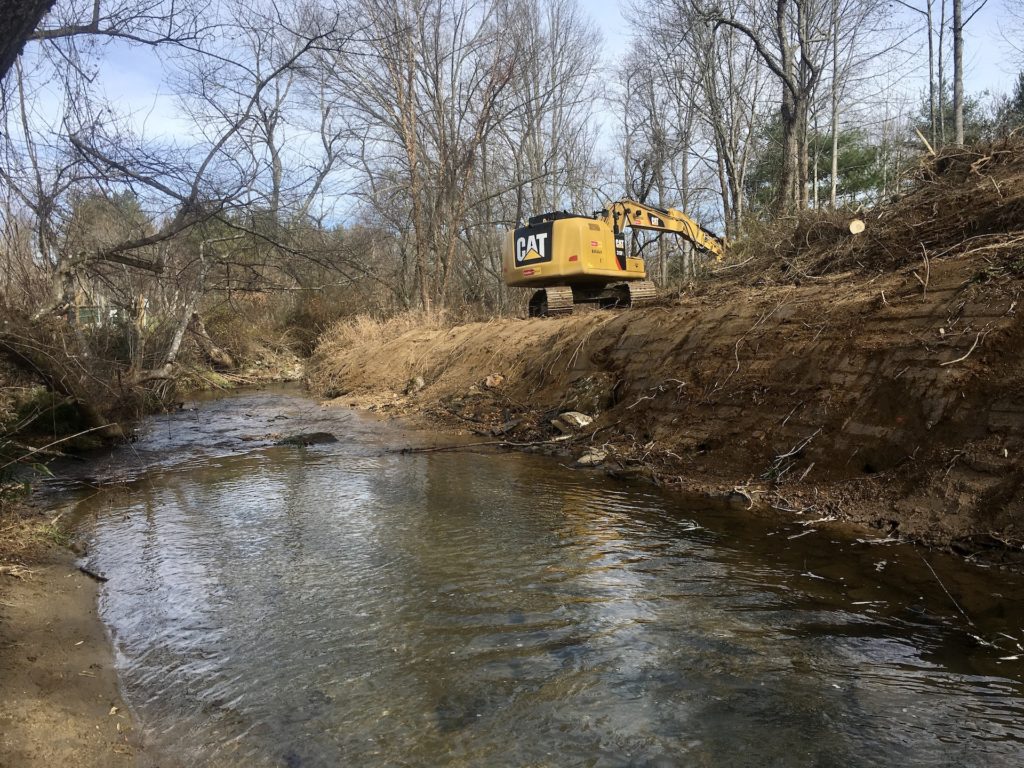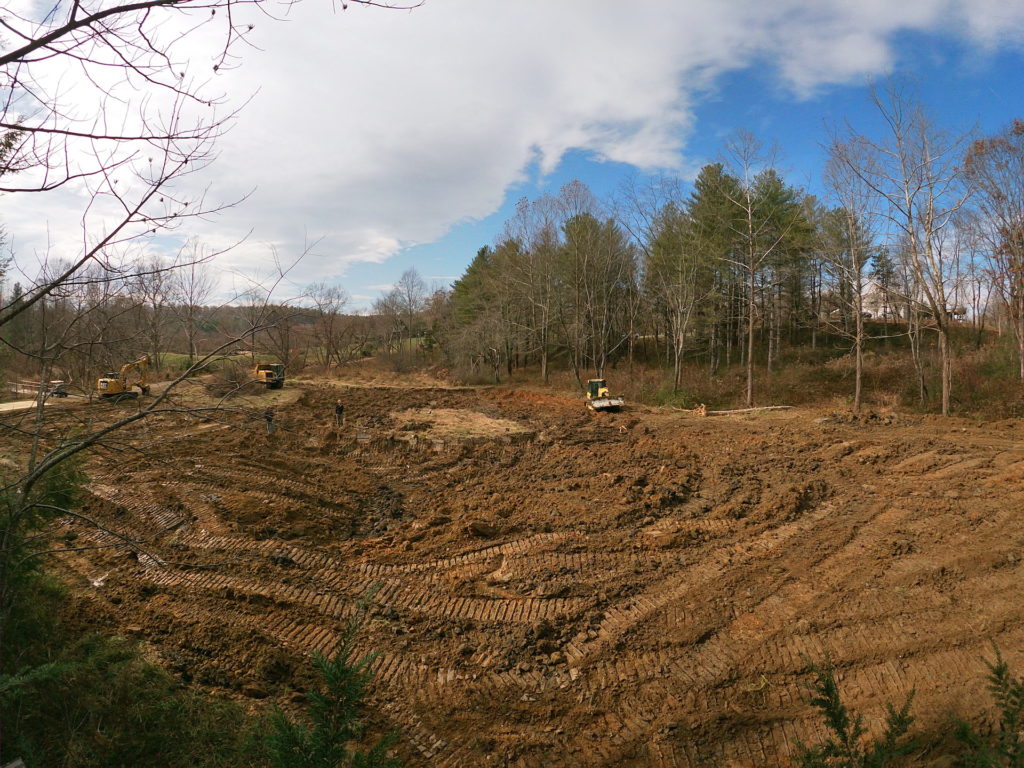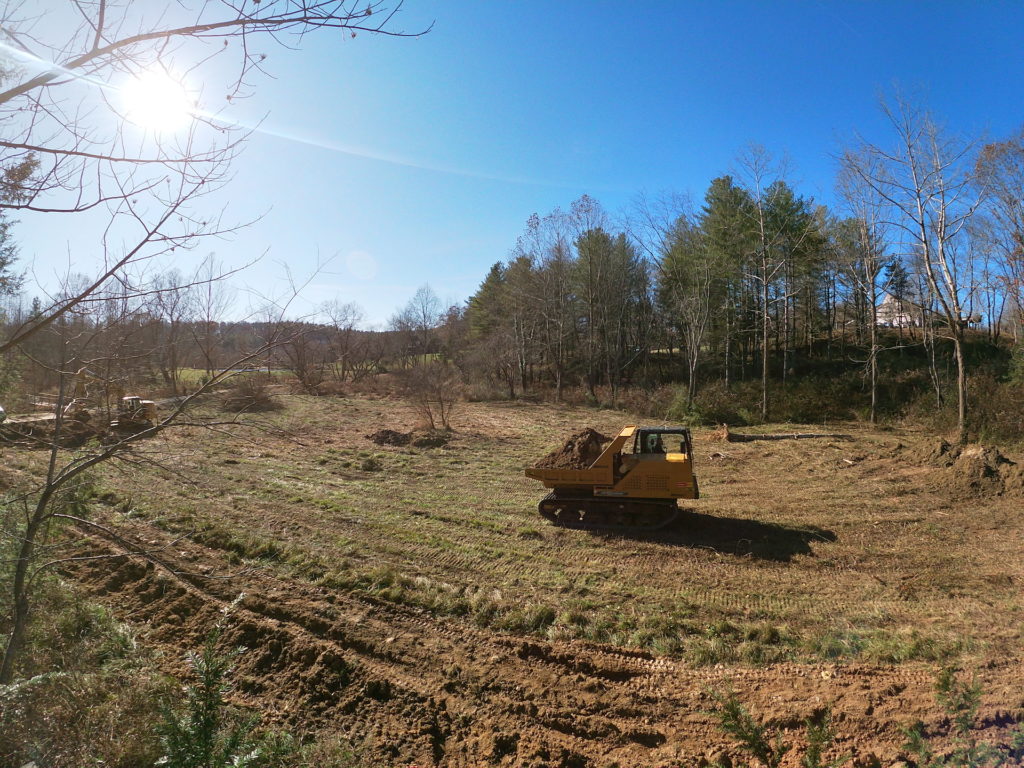Caring for the Earth is one of the major reasons why Carolina Memorial Sanctuary exists and informs how we do everything at the Sanctuary, from burial to land maintenance. In addition to being a green cemetery, we are certified as a Conservation Burial Ground by the Green Burial Council – the highest level of certification that exists. Perpetual conservation of the environment is created as each burial becomes part of the living landscape. Conservation burial practices support and reinforce the cycle of life, offering a powerful testament to your life or that of your loved one.




Land Conservation & Restoration Projects
In addition to removing invasive species and restoring the native habitats, here is a list of completed and future conservation projects taking place at the Sanctuary:
Completed
- Bees & Butterflies – We have designated areas for bees and butterflies in the meadow to be specifically pollinator habitats.
- Bluebirds – We have 15 bluebird houses scattered around the Sanctuary that are already homes for bluebirds and other species of small birds.
- Storm Water Wetland – In October 2017, a storm water wetland was created below the parking area to divert rain water from the parking areas, through multiple channels and pools where specific plants were planted to help filter out contaminates from the parking area. This results in water that is much cleaner by the time it reaches the wetland, which is the home to a diverse array of wildlife.
- Wetland Restoration – In November + December 2019 we uncovered a previously filled in wetland and restored the natural wetland hydrology and vegetation. This work significantly increases the biodiversity of native plants, birds, insects and wildlife at the Sanctuary. Wetland restoration, especially in the southern Appalachian Mountains, is highly valued because of the many benefits such as increased biodiversity, flood water storage, and water filtration.
- Streambank Stabilization on McDowell Creek – Completed in Fall of 2019, the streambank stabilization on McDowell Creek focused on four areas of eroding streambank. These areas were washing away, sending soil downstream. Soil, often called sediment in streams, is a major cause of degradation because it fills in the interstitial spaces between the natural course gravel and cobble in the stream bed where many fish and amphibians live and lay their eggs. The work consisted of sloping the streambank to an appropriate slope for the stream-type, seeding with native riparian species, securely attaching 100% biodegradable (other types often ensnare and kill snakes) erosion control blankets over the bank, and heavily planting with native trees and shrubs.
- Restoration of the Unnamed Tributary – Fall of 2019, the restoration required extensive grading, installation of several natural channel streambed stabilization practices, using logs and large rocks and similar erosion control and vegetation planting, as was done on the streambank of McDowell Creek. Restoring this small stream will reduce the amount of sediment flowing downstream and will restore habitat for many aquatic plants and animals.
- Riparian Vegetation Restoration of McDowell Creek – The Riparian Vegetation Restoration took place along the length of McDowell Creek on both the Sanctuary and Barkwells property. The work consisted of extensive nonnative invasive plant removal and management, including nonnative bamboo removal, and replacement with native vegetation – much of which took place in the Spring of 2019. Native birds have already been observed utilizing the newly planted native trees and shrubs.
All restoration work starting with the storm water wetland was made possible by grants received through Conserving Carolina and was completed by SM Soil & Water Solutions.
Future Projects
- Northside Woodlands – The successional, mostly pine, woods on the north side are going to be slowly converted to a mixed hardwood/evergreen woods.
- Southside Woodlands – In the southside woods we are preserving the mixed hardwood and alluvial forested areas (alluvial being the woods along the top of the creek where it enters our property).
- Post Oak Savannah – On the ridgetop located in the meadow we are creating a Post Oak Savannah habitat so that trees can be planted there, and for fire resistance for controlled burns.
- Southeastern Meadow – On the southside we are restoring the Southeastern Meadow habitat by removing invasives and sowing a variety of wildflowers and grasses.
- Native Grasses – We are removing invasive plants and have plans to restore the area near Barkwells fence line, to create a grassy meadow.
- Native Edibles – Along the southern border with NC state we will create a native edibles section, along with replanting our border.
Help Conserve Land in Western North Carolina
All of the land conservation and restoration projects taking place at Carolina Memorial Sanctuary require large amounts of capital. In addition to the 10% collected from burial purchases, extra funding is needed to restore and conserve the land as outlined above. Please consider making a tax deductible gift to Carolina Memorial Sanctuary. Your gift will help create a beautiful public park to be enjoyed by generations to come.
Learn more about Memorial Gifting and Contributions
Volunteer Opportunities
Caring for 11 acres is a lot of work and we welcome the helpful hands of volunteers. If you are interested in donating your time, read about our volunteer opportunities and signup.
